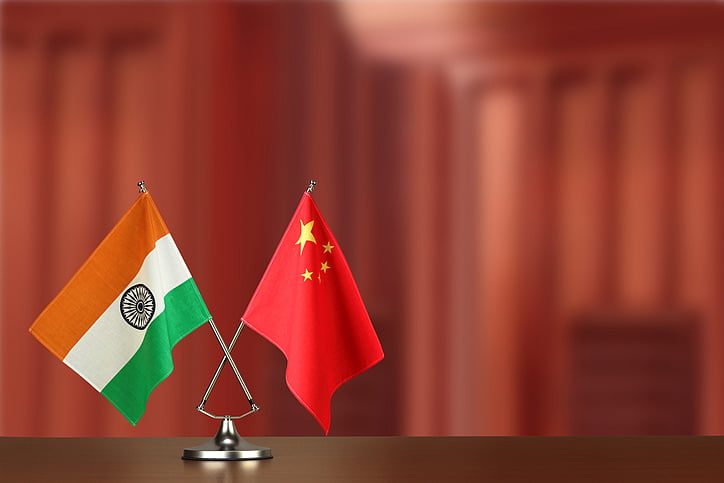
India and China agreed on June 6 that their border troops would build observation posts on either side of the estuary of the Galwan Valley, but the Indian Army later asked the Chinese People’s Liberation Army (PLA) to dismantle the post it had erected, Beijing alleged on Wednesday once again holding New Delhi responsible for the recent clash.
China claimed that India had on June 6 promised that its soldiers would not cross the Galwan River’s estuary and the clash on June 15 had taken place because the Indian Army personnel had not kept words.
“The two sides also agreed (on June 6) to build observation posts on either side of the Galwan river estuary. However, the Indian side later reneged on the consensus, wantonly demanded that China dismantle its observation post, and once again crossed the line for provocations, which triggered the conflict (on June 15),” Zhao Lijian, spokesperson of the Ministry of Foreign Affairs of the Chinese Government, said in Beijing.
The communist country accused New Delhi of flouting international rules, alleging that the Indian Army soldiers first attacked the Chinese People’s Liberation Army (PLA) personnel at Galwan Valley on June 15, resulting in the clash and the casualties.
Beijing also brushed aside New Delhi’s protest and re-asserted its sovereignty over the Galwan Valley, amid talks between Indian and Chinese diplomats and senior military officials to resolve the stand-off along the Line of Actual Control (LAC) – the de facto boundary between the two nations – in eastern Ladakh. “China has sovereignty over the Galwan Valley region and the border troops of the Chinese People’s Liberation Army (PLA) have been patrolling and on duty in this region for many years,” said Senior Colonel Wu Qian, the spokesperson of the Ministry of National Defense (MND) of the Chinese Government.
Zhao too claimed that the LAC in the western section of India-China boundary is “clear”. “The Galwan Valley lies on the Chinese side of the LAC. The Chinese border troops, who have all along been patrolling the area, know very well the situation of management and control on the ground,” added Zhao.
Wu and Zhao continued the tirade against New Delhi on Wednesday even as the senior diplomats of the two nations had a video-conference to resolve the military stand-off, which has been going on along the LAC since early May.
“In the early morning of May 6, the Indian border troops trespassed into China's territory, built fortification and barricades and impeded the patrol of Chinese border troops, in an attempt to unilaterally change the status quo of border control and management,” said Wu. “The Chinese border troops have been forced to take necessary responding measures and strengthen management and control in these areas.”
He said that when the senior military officials of the two nations had a meeting on June 6, the Indian Army had promised that they would not cross the estuary of the Galwan River to patrol and build facilities. It had also been decided that the Indian Army and the Chinese PLA would “discuss and decide phased withdrawal of troops through the meetings between on-scene commanders”.
“On the night of June 15, Indian frontline troops breached the agreement of the commander-level talks, once again crossed the LAC, and demolished the tents built by the Chinese side,” said Zhao. “When the Chinese army officer and staff came to negotiate as per customary practices on handling border-related issues, the Indian troops attacked them in an abrupt and violent manner, which led to fierce physical confrontations and casualties," he said.

